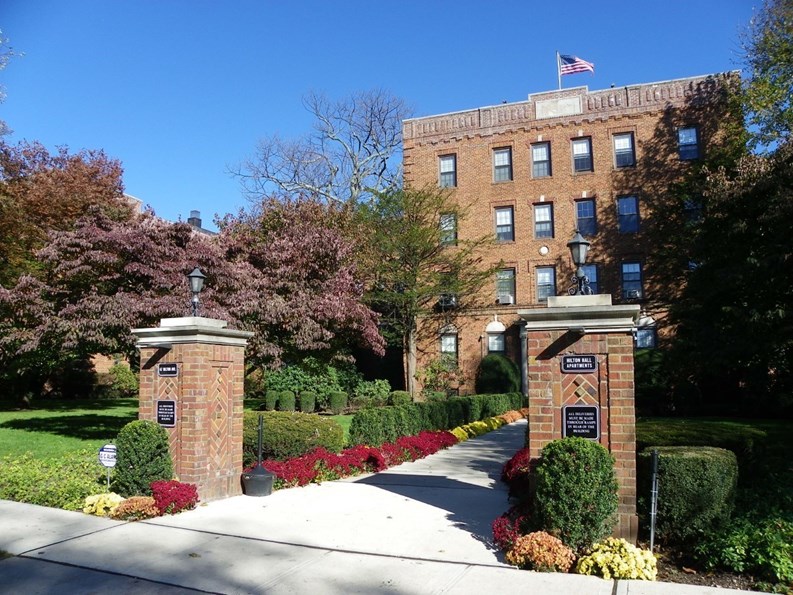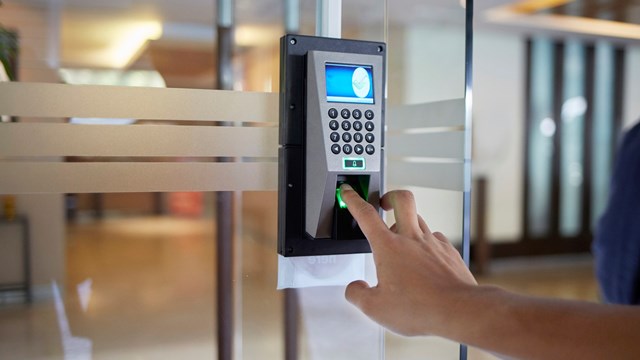Security systems are not just for homeowners in a suburban setting. With advances in wireless technology, security and life safety systems, the features found in the newest systems are a great appliance add-on to condo or co-op apartments. Sometimes residents of multiple unit complexes can be lulled into a false sense of security because the thinking of being in a densely populated area provides enough security. Unfortunately, crime happens at any hour of the day and some of the worst crimes can happen when residents are followed into their residences during the daylight hours. A high-profile example of this was the actress and movie producer who was killed in her New York City apartment by a worker performing renovations in the building. While she knew him and let him in, having a security system, with the latest crime-in-progress alert technology built into the portable keypad combined with panic buttons, perhaps could have changed the outcome.
Combatting Crime
Apartment owners are in a unique position to take advantage of cost-effective security systems. Crime is something everyone can plan for and technology is making it easier for those who live in apartments to benefit from the same great technology as homeowners in the suburbs. Hard-wired systems are an option, but most new installations are wireless; in an apartment setting, this is the best choice primarily because wireless doesn’t damage walls. Also, it takes much less time to install a wireless system and apartment owners can take their system to the next location.
The security industry has been successful in providing an overall perspective of how to secure multiple dwelling complexes with the proper placement of lighting, video monitoring, access control, emergency call boxes and fire alarm annunciation technology. All of these components when properly utilized will make a secure environment for residents. One of the first steps a co-op board can take, when looking to improve security in the living environment, is to call a company in that has the experience with multi-dwelling residences. With specific security goals in mind, many experts will start at the entrance of the property and move inwards, important considerations include: Will there be traffic monitoring? Does the property need a gate house or guard booth? Are there high-risk areas located nearby? Are fixed assets a liability such as a pool, exercise room, lobby or body of water?
Generally speaking the decision-making process is multi-level. The homeowners association and or general manager will work with several companies issuing requests for proposals (RFPs) or request for information (RFI) to solve potential or immediate concerns. The group in charge of initiating this will choose the companies to survey the property and create a custom proposal the board can decide on. When necessary, the board should invite individual bidders to make presentations.
Who's There?
There has been an emergence of access control technology many building managers should be familiar with, offering control of who enters and exits the premises. The use of personnel stationed at the door has been the standard for many years, but new technology allows for monitoring over real-time video and through two-way audio. A great addition to any building or complex looking to secure and control the environment is a video verification system. Due to the specific nature of client needs, a system has been engineered to meet the demands of fluctuating environments. With video verification combined with two-way audio, security can be performed at locations where both a set of eyes and the ability to communicate are needed. Systems such as these work well at entrances, dark areas of the facility or wherever a problem is anticipated to arise. Making these systems so attractive is the fact that they are completely portable, wireless and can run on a solar panel. Real time video can be monitored on the premises or through an off-site central station: A great security solution to meet the changing climate of crime, document slip and fall accidents and monitor high-risk areas.
A great add-on technology to any security protocol is emergency notifications to cell phones, a system now offered to many clients. The feedback has been positive and its usefulness is growing as people continue to dump their POTs or landlines in favor of cellular communications. School campuses have long used this technology to alert students and the public during an emergency. The technology is also a great tool for building complexes for use in alerting occupants not only of emergencies but also for updating residents on situations which impact them like repairs, parking issues, security alerts and utility information.
When it comes to security there are many layers of protection that can be provided through the deployment of technology. Understanding where the risks are and how to address them is the first step in avoiding tragedies and lawsuits.
Joe Ingegno is the owner of World Wide Security/GC Alarm, based in Garden City, N.Y.







Leave a Comment